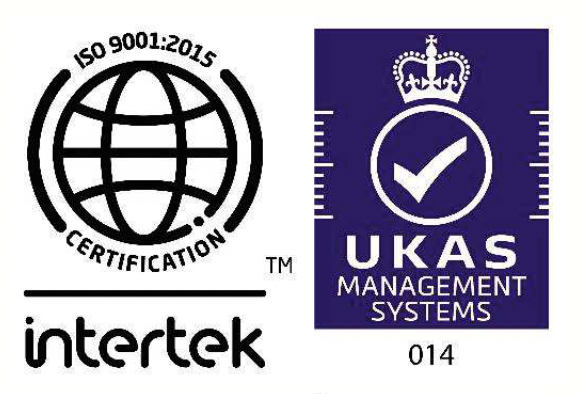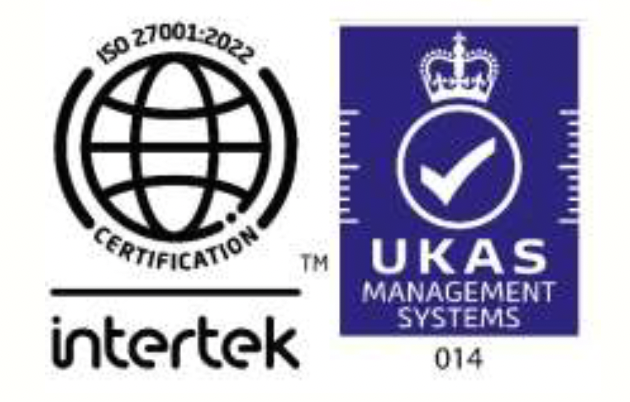What constitutes a good ISMS ISO 27001 implementation?

What constitutes a good ISMS ISO 27001 implementation?
Cyber Security is a cat and mouse game, where the adversary is the cat and you and your organisation is the mouse.
What solution does your organisation have to address this perennial challenge?
In implementing ISMS – ISO 27001 you are implementing processes which shows and throws new weaknesses, which if prevented, can reduce security incident opportunities.
A successful ISO 27001 implementation requires careful planning, dedication, and adherence to best practices. ISO 27001 is an international standard for information security management systems (ISMS).
Here are some key factors that constitute a good ISO 27001 implementation that will lead to reduce opportunities of security failures.
- Top Management Support: Leadership commitment is crucial for the success of any ISMS implementation. Top management should actively support and promote the initiative throughout the organization by communicating the importance of the security policies, providing budgets, participating in crucial security decisions.
- Scope Definition: Scope is a logical and a physical boundary for certifications. This is often defined by a business statement that identified critical information of the business. Clearly define the scope of your ISMS implementation. Determine which assets, processes, and business units will be covered by the ISMS.
- Employee Awareness and Training: Ensure that all employees are aware of their roles and responsibilities regarding information security. Provide appropriate training to help them understand the importance of adhering to security policies and procedures. ISO 27001 expects that employees and contractors have received training as part of their induction and at least annually thereafter.
- Asset Identification and classification – A popular saying in ISMS, is if you don’t know your information, you don’t know what you need to protect. Asset identification and classification helps to prioritise your information security budget and risk mitigation plan.
- Risk Assessment and Management: Conduct a thorough risk assessment to identify and understand the information security risks faced by the organization. Implement appropriate controls to manage and mitigate these risks effectively. Risks includes threats, vulnerabilities that are both common and unique to your organisation.
- Information Security Policy: Develop a comprehensive and clear information security policy that outlines the organization's commitment to information security and sets the tone for the entire ISMS. Sometime a simpler easy to read policy is more important than a long document that no one has read.
- Documented Procedures: Create and maintain relevant and accurate documentation, including policies, procedures, work instructions, and records. These documents should support the implementation and maintenance of the ISMS. A good ISMS implementation is one in which CXOs have taken ownership and have approved them.
- Measurement of Controls: Like any other business domain, security needs scoring. Scoring should be specific, measurable, achievable, relevant, and time-bound (SMART) to monitor progress and evaluate the effectiveness of the ISMS.
- Internal Auditing: Regularly conduct internal audits to assess the effectiveness of the ISMS and identify areas for improvement. Internal audits help ensure compliance with the standard and provide valuable insights for continual improvement.
- Management Review: Periodically review the performance of the ISMS at a management level. This review allows for assessment, evaluation, and decision-making on improvements to the ISMS.
- Incident Response and Management: Implement an effective incident response and management process to handle security incidents promptly and efficiently. Consider regular penetration testing and table exercises.
- Compliance with Legal and Regulatory Requirements: Ensure that the ISMS addresses all relevant legal and regulatory requirements related to information security.
- Third-Party Management: If the organization shares information with third parties, establish a robust process to evaluate and manage their information security practices.
- Physical Security: Don't forget the importance of physical security, as it complements information security measures. Ensure that access to critical areas and assets is appropriately controlled.
- Business Continuity Planning: Incorporate business continuity and disaster recovery planning into the ISMS to ensure the organization can continue its essential operations during and after disruptive events in a secure manner.
- Risk Register: Continually monitor and measure the effectiveness of the ISMS. Use the results of gap analysis, audits, industry best practices, vendor recommendations, assessments, and incidents to drive improvements and strengthen the overall security posture.
Every organisation is unique; however, these processes can be considered a good starting point.
Remember that ISO 27001 is not a one-time effort but a continuous process of improvement. Regular reviews and updates are essential to maintaining a strong and effective ISMS.

